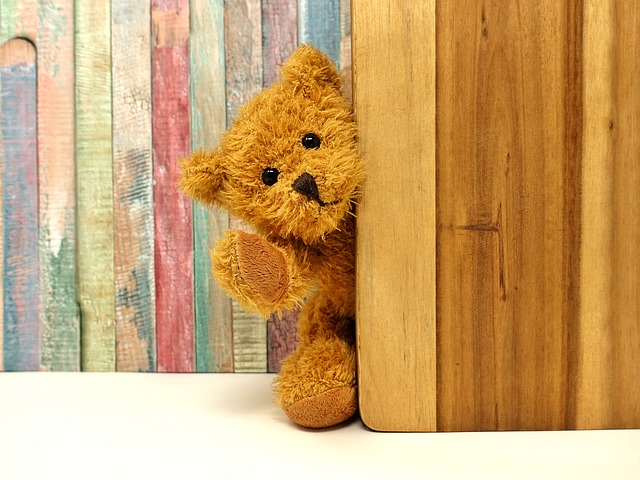Voices and imaginary friends
Sometimes voices in childhood can be similar to having an imaginary friend or companion. It can often be hard to know how much is part of a child’s imagination, and how much they are actually hearing and seeing things that others do not.
Researchers define imaginary companions as invisible or pretend characters with whom children converse and interact for an extended period – at least several months. This includes invisible characters which have an ‘air of reality’ for the child, and what psychologists call ‘personified objects’ – imaginary beings that are embodied in a toy or object. On this understanding, imaginary companions in childhood are quite common, being reported by up to 65% of young

Some psychologists believe that imaginary companions are created by children as a means of making sense of strange or unusual ‘hallucination-like’ experiences. Research in this area is at a very early stage, but there is some evidence for the theory that imaginary companions are linked to experiences of voices later in life, though not necessarily distressing ones. This doesn’t mean that a child with an imaginary companion will develop a mental health problem, however. It’s just that people who have imaginary friends as children may be more susceptible than others to having unusual or anomalous experiences when they’re an adult.
On the whole, imaginary companions are generally linked to positive developmental outcomes. They can help children learn about the distinction between fantasy and reality, practice social roles and ‘theory of mind’ skills (the understanding that others’ perspectives, experiences and beliefs are different from their own), and develop a sense of self. They may also provide a foretaste of creative abilities later in life.
Imaginary friends tend to disappear in later childhood, but they have been reported in adolescence and can even be present in adulthood.
Find out more
Read
Paige Davis (2018). How imaginary friends could boost children’s development. The Conversation.
An accessible introduction to the positive developmental outcomes associated with childhood experiences of imaginary companions.
Charles Fernyhough (2018). All children are psychotic.
An accessible introduction to the links between unusual experiences like hearing voices and imaginary friends in childhood.
Paige Davis, Lisa Webster, Charles Fernyhough, Kevin Ralston, Susanna Kola-Palmer and Helen Stain (2019). Adult report of childhood imaginary companions and adversity relates to concurrent prodromal psychosis symptoms. Psychiatry Research, 271, 150-152.
A study of over 250 university students, examining the connections between having an imaginary companion in childhood, experiences of childhood adversity and the early symptoms of psychosis in adults.
Charles Fernyhough, Ashley Watson, Marco Bernini, Peter Moseley, Ben Alderson-Day (2019). Imaginary companions, inner speech, and hallucinations: What are the relations? Frontiers in Psychology, 2019.
Reports on two studies that find that people who have had imaginary companions as children are more likely to have unusual experiences as adults. They are also more likely to have ‘inner speech’ or self-talk that is vivid, evaluative, has the to-and-fro quality of a conversation, and includes other people.
